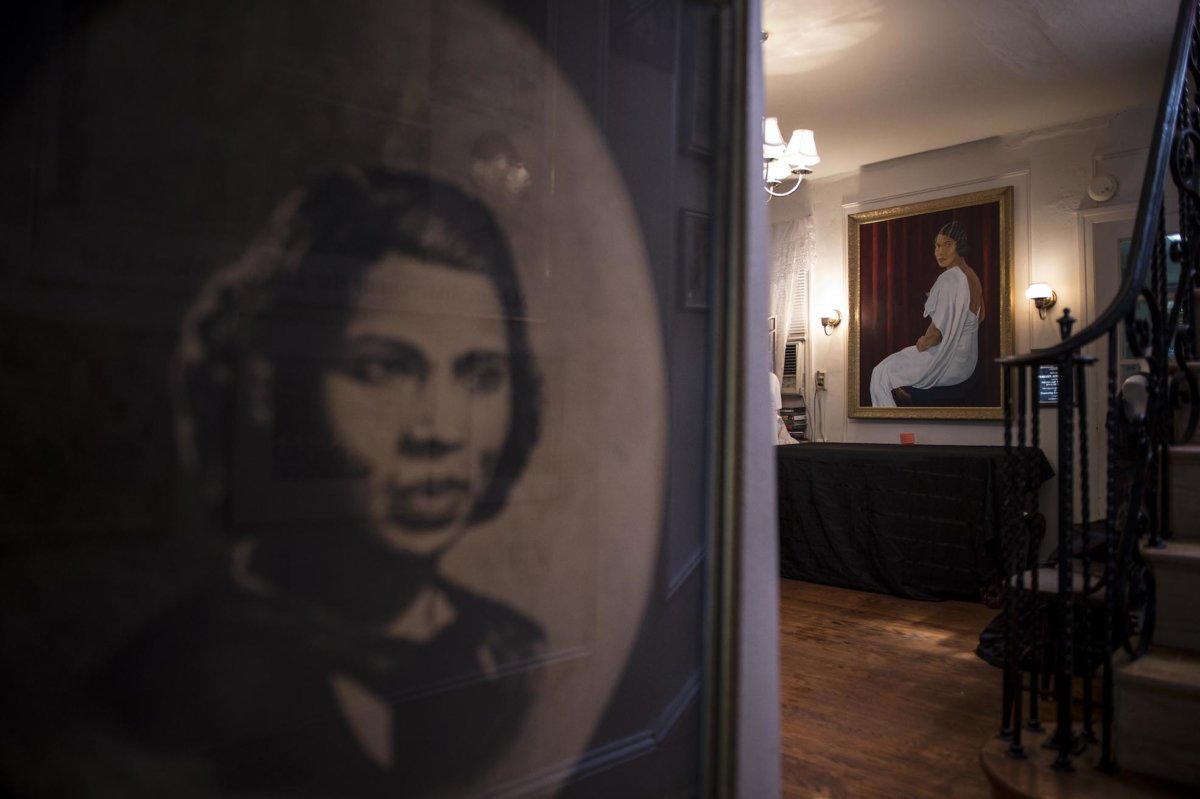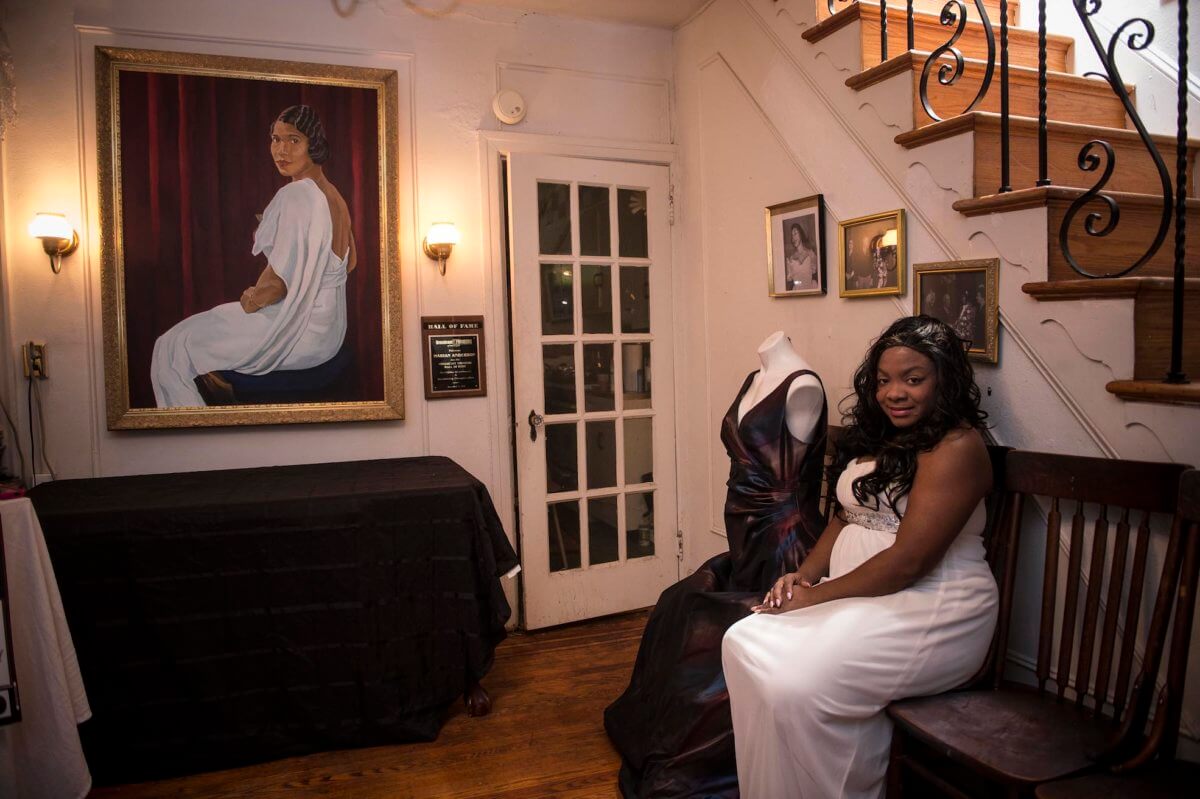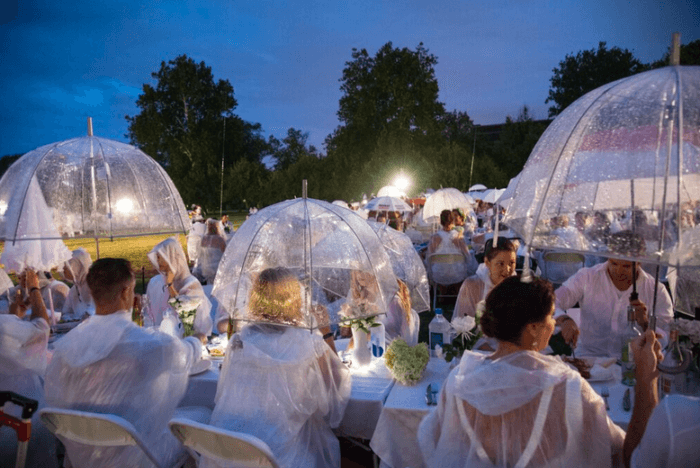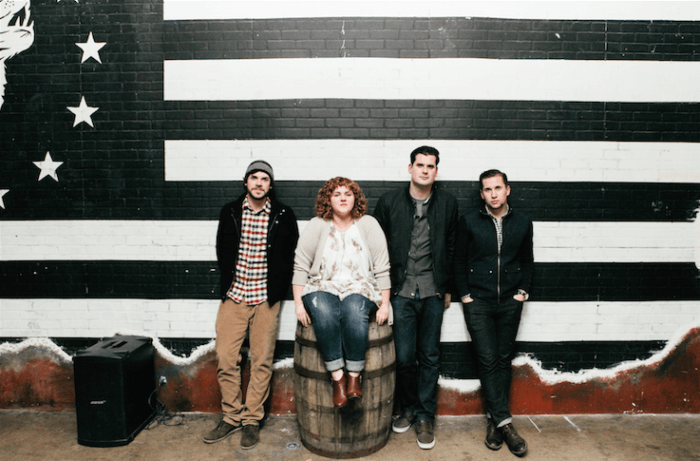When Jessica Patricia Pirtle took over a museum dedicated to a famous Philadelphian, she was stunned to find many people had never heard of the museum’s subject— who had died just two decades earlier. “When people in Philadelphia don’t know that a legend such as Marian Anderson lived her for over 60 years…that surprises me,” saidJillian Patricia Pirtle, CEO ofthe Marian Anderson museum and its affiliated society. “The city has made a huge effort in bringing attention to Betsy Ross and other colonial white artifacts, but could do a lot more to focus on black monuments such as this.” The Marian Anderson Historical Residence Museum on South Martin off Catherine Streetis recognized by the Philadelphia Historical Commission and was declared an historic property in 2004. Anderson, the famed classical singer that broke racial boundaries in music and the civil rights movement, lived in the three-floor, nine-room home with her family for more than 60 years until her death in 1993. “People, including the former owner who lived in this house for 40 years, didn’t even know Marian lived here ” said Blanche Burton Lyles, aprotégéeof Anderson. “He was surprised when I told him, ‘Did you know Marian Anderson was birthed in your front bedroom?'” The fully preserved South Philadelphia property, which was purchased by Anderson in 1924 for $4,000, is a symbol of the city’s relationship with black musicians.
“Marianwas one of the greatest opera performers of the 20th century,” said Pirtle, who is also a registered historian. “But she wasn’t a diva — she allowed many talented black entertainers who weren’t allowed entry into Center City hotels and restaurants a place to stay.” Pirtle, who is a renowned songstress, Broadway musical actress, and former Miss Pennsylvania Essence, took the position in 2013 after Burton-Lyles reached out to her.
“I had been apart of the museum since its inception in 1995 as a scholar, performer and ambassador for the society,” Pirtle said. “Given that I had a deep passion for Marian, history and curating artifacts — Blanche bestowed this generational honor to help pass on the legacy.” As a University of the Arts graduate and Philadelphia native, Pirtle now commits herself “wholeheartedly to the conservation of Marian’s legacy” to frequent tourists. The attraction has been visited by actors and supported by Harry Belafonte and Gregory Peck with even a grant from prolific producer Quincy Jones. But currently, Pirtle says, attendance numbers and outside donations have “dwindled down over the years,” as the “current visibility and awareness from across the city has died down as well.” “We receive funding from the Activities Fund Grant that our district Councilman Kenyatta Johnson helps allocates … but we would love to see more support beyond that,” Pirtle adds. “I would love to see all of the minority entities receive the same kind of success.” The quaint location between Fitzwater and Catherine streets is another hurdle that Pirtle believes is “causing the decline in visible support.”
“There are no colonial bus tours that happen around here and that’s what I think produce some slow days,” Pirtle added. “One resolution that I think the city should utilize is the ‘Colonial Williamsburg’ model that policy-wise helps the city better embrace historic landmarks within it.” But until then, Pirtle has been proactive on revitalizing the programing for the museum while also preparing to possibly land a starring role in an upcoming Philadelphia Shakespeare production.
“We are constantly adding more variety in our exhibits at more frequent rates,” Pirtle said about the preparing for the upcoming fall exhibition while producing the current one on Anderson’s work in humanitarianism. “This woman’s legacy has empowered me an entertainer … she left so much behind that can be told for generations to come.”

































